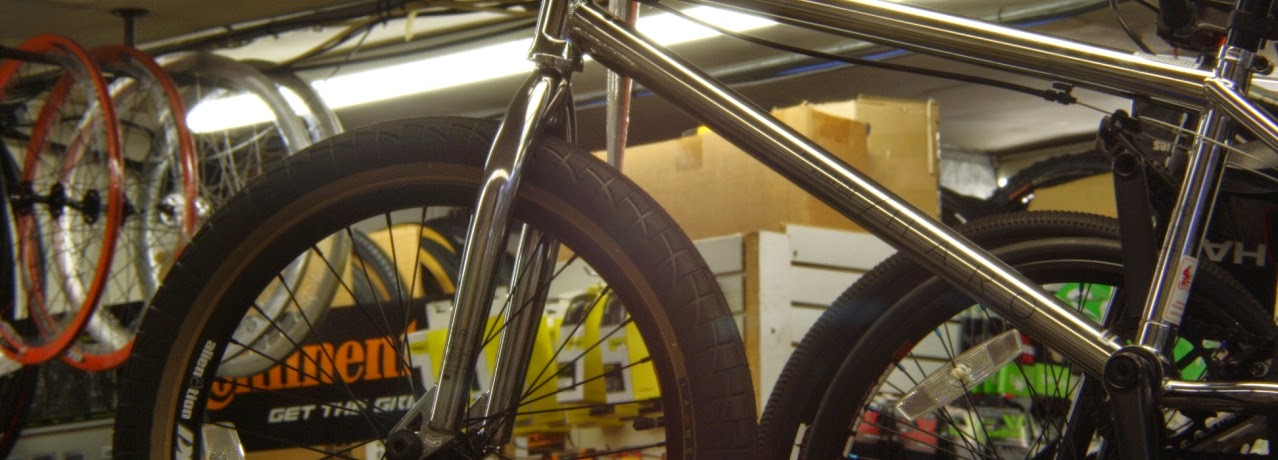 How much tire pressure should you run?
How much tire pressure should you run?
A great place to get an idea would be from the manufacturer’s recommended pressure (Sometimes this is found on the sidewall of the tire, other times it may be molded to the casing - so look closely). The manufacturer may also have a range of recommended pressure (i.e. 40-60 psi) which is why it is only a starting point. Experiment with pressures in the range to find the one that works best for you.
Pump Road Rubber More
Sure, road tires are pumped up to high pressures, but because they are skinny tires, there’s hardly any air inside. That means that when even a little air leaks out (and it will since tires are porous and naturally seep air), the pressure and volume are greatly reduced. To prevent this, check your tire pressure before every ride.
 Off-Road Tires
Off-Road Tires
Conversely, off-road tires are much wider and can fit considerably more air inside. For this reason, off-road tires are inflated to much lower pressures than road tires. Fat tires don’t seep as much air (and definitely not as quickly). By all means, if you’re riding fat tires on pavement and smooth roads, inflate them to your hearts content! But — don’t inflate to a higher psi than the manufacturer recommends.
However, if you are riding off-road, you should really consider lowering your tire pressure to a range of about 35 to 45 psi. If you’ve been riding off-road on 50 to 60 psi, you will be amazed at how much your comfort and control, traction and handling will increase on the trail.
Just Don’t Go Too Low
Road and off-road tires alike - running too low of a pressure will increase the risk of both puncture and pinch flats. Softer tires will pick up more debris, which may go through the rubber and pop your tube. Second, any potholes, ruts, or rocks that you hit could deform the soft tire to the point that the rim hits the ground or rock so hard that it pinches the tube. Not only might you have the dreaded “snakebite” puncture flat, you could damage your rim, which can be expensive and is always a nuisance.

 Off-Road Tires
Off-Road Tires
Conversely, off-road tires are much wider and can fit considerably more air inside. For this reason, off-road tires are inflated to much lower pressures than road tires. Fat tires don’t seep as much air (and definitely not as quickly). By all means, if you’re riding fat tires on pavement and smooth roads, inflate them to your hearts content! But — don’t inflate to a higher psi than the manufacturer recommends.
However, if you are riding off-road, you should really consider lowering your tire pressure to a range of about 35 to 45 psi. If you’ve been riding off-road on 50 to 60 psi, you will be amazed at how much your comfort and control, traction and handling will increase on the trail.
Just Don’t Go Too Low
Road and off-road tires alike - running too low of a pressure will increase the risk of both puncture and pinch flats. Softer tires will pick up more debris, which may go through the rubber and pop your tube. Second, any potholes, ruts, or rocks that you hit could deform the soft tire to the point that the rim hits the ground or rock so hard that it pinches the tube. Not only might you have the dreaded “snakebite” puncture flat, you could damage your rim, which can be expensive and is always a nuisance.



I have read your article, it is very informative and helpful for me.I admire the valuable information you offer in your articles. Thanks for posting it.. Tire Pressure
ReplyDelete